When I started Cape Coffee Beans, I didn’t really think about this question. Coffee was just fun, interesting, and at that time very new to me. I thought I saw a business opportunity in something which stirred a bit of passion and enjoyment, so I jumped in. I now look at coffee through a very different lens; a few years running a business is bound to change one’s perspective. Experience has given birth to more questions than answers though, and I suppose it’s inevitable to start asking fundamental questions about the things you spend every day thinking about.
Recently I’ve found myself wondering about what might be the most fundamental question: what is the point of this whole coffee thing? Why do I and so many people devote ourselves to this beverage? What is the appeal? What is the reason that it matters so much to even mere consumers of it?
One can’t deny the importance of coffee - it pervades our rituals, our cultures and our olfactory senses, at least in most urban centres. So many people enjoy it, many people even rely on it, and a small group of people have devoted themselves to pursuing it at its very best. So why all the fuss?
Is it merely a pleasant stimulant?
One might be tempted to give a simple answer to this question; it’s all about the kick. Coffee seems to be one of the few perceived vices that scientific research is condoning from a health perspective. It wakes you up and gets you going, at no significant cost to your health (apparently even with some health benefits).
For many people this may well seem to be the answer. In fact, much to my chagrin, I’ve witnessed plenty of participants in the industry turn the dialogue about coffee to the strength of its stimulant effect. The unfortunate reality is that for a large part of the coffee-consuming public, you may well be able to reduce coffee’s raison d’etre to the caffeine.
Yet there does seem to be much more going on here when one reflects a little bit on this reductive idea. In this day and age, stimulants come in much more potent and much more convenient packages, flavoured with sugar and all the tasty chemicals you could possibly dream of. One can’t deny that energy drinks have taken off in a big way, and yet coffee persists. It shows no sign of being replaced by easier to purchase and consume stimulants, which require no preparation at all. Plenty of people will still take the time out of their morning to either brew, or trudge to their nearest cafe for their coffee fix, even those people who might say that they only drink coffee for the kick.
Perhaps subconsciously, even those who drink coffee for its stimulant effect share a little bit of the perspective of the group of coffee drinkers I consider myself part of. There are those among us for whom the caffeine in the cup is very much a secondary consideration. We know we love coffee for the flavour, the ritual, the intrigue, the ongoing pursuit of the never quite attainable perfect cup. Don’t get me wrong, we also love our morning jolt, and it’s probably not a good idea to speak to us before our first cup, but that’s not what gets us excited, and that’s not what motivates us to spend hours of our week brewing coffee by hand. There are easier ways to get that fix.
Is it simply another food product?
One idea that shows some merit is that coffee is simply part of our broader love of food. There are very few people who don’t understand the appeal of a delicious meal, and food plays an even bigger role in our cultures and daily routines. We all love flavour, and human beings are hard-wired to get a lot of enjoyment through eating, so perhaps coffee’s underlying appeal is simply that it taps into this primordial pleasure center that is triggered by consumption.
The connection with food almost definitely plays some part in coffee’s following, but I think that this falls short of providing an adequate explanation, if for no other reason than the fact that coffee provides almost no nutritional value. There are virtually no calories in a cup of black coffee; it’s not a source of sustenance. Sure, it’s often accompanied by calorie-laden milk, cream, sugar and sometimes even more elaborate concoctions, but there are plenty of other dairy & glucose delivery systems out there.
In anticipation of the protests, it is true that coffee is actually quite a good source of antioxidants, but so are many other foods. I really don’t think many people are drinking coffee simply to add more antioxidants to their diet, though many do like to use the antioxidant factoid to justify the coffee drinking that they would do anyway.
For these reasons, I don’t think coffee can really be lumped into the food category. We don’t seek out coffee for sustenance - we consume it for something else.
Is it just another commercial product?
Of course plenty of products exist for no other reason than the fact that someone has spotted a commercial opportunity. In this day and age, a product doesn’t necessarily need to have much intrinsic value to capture the public consciousness; it just needs to have good marketing.
One could look at coffee through this lens. It is after all big business, and no writing about coffee would be complete without a hackneyed reference to it being the second most traded commodity on the planet. The reality is that commercial considerations have played a large part in elevating coffee to the cultural status it now occupies, but I would argue that this isn’t what keeps it there.
If you look at the coffee industry, it starts to become clear that the companies that are making big money are really just consumer goods companies - consumer experience companies even. They could be selling anything, and while that might actually seem like an argument in favour of the commercial hypothesis, I think it’s undermined by a look at the other parts of the industry.
Where real quality is pursued in coffee, I believe that much less profit made. As many people know, many of the growers of quality coffee (and commodity coffee for that matter) are poorly rewarded for their efforts, but I’ve also come to believe that the artisans, merchants and craftsmen further down the supply chain who have devoted themselves to high quality coffee aren’t setting themselves up for maximum commercial gain.
The most interesting part of the coffee industry, commonly referred to as speciality coffee, is definitely not the most lucrative. Almost by definition, costs are high, production scales are small and so the revenue and profit opportunities are limited. Yet this is the part of the industry that is doing the most interesting things, pushing the envelope and stirring the greatest passion in the consumers of coffee. It doesn’t seem that coffee is all about the money.
So what is the point of coffee?
All of the ideas mentioned so far in this essay do of course contribute to its prominence in our culture. Coffee would not be what it is if it weren’t tapping into our love of flavour, our desire for stimulation or our pursuit of profit to some extent, but I really don’t believe that any or all of these can account for its importance in our world. So what is all the fuss about?
I would argue that coffee taps into a desire we have to be more closely connected to the natural world, as clichéd as that might sound.
It’s worth reflecting on the fact that, in a world abundant with technology, almost all coffee brewing still amounts to little more than grinding up beans and adding hot water. Sure, a new coffee gizmo is released every day, and the top end of coffee machinery gets ever more elaborate and expensive every year, but this simply isn’t how most cups of coffee are made. Most coffee is still just made by adding hot water to ground beans, in some kind of simple receptacle. It’s quite a straightforward process, one that requires little more in the way of technology than something to crush the coffee and heat for the water.
I think this simplicity in preparation, and its inherent manual nature has a lot to do with the appeal, whether you’re executing the brewing process yourself or not. It makes you realise that it’s not about the brewing as such, it’s about the coffee itself. The process of brewing is releasing the flavour, comfort and enjoyment that already exists in this agricultural product.
The fact that coffee is an agricultural product is the second aspect of its appeal. We live in a world where the agricultural products that make up our food are ever more elaborately disguised. Thankfully, there are movements away from this trend, but they reveal another reality about modern agricultural that is potentially even more stark: that variety is sorely lacking.
Real food advocates like Dan Barber and Michael Pollan often talk about the incredible diversity that our ancestors had in their diets - dozens of varieties of carrots, hundreds of apples (if my memory serves me correctly) - but on today’s grocery store shelves we have just a few types of apples, and only one type of carrot. The situation in coffee is entirely different.
In the world of coffee, there are already dozens of varieties of Arabica that are standard fare in any speciality coffee shop, and what’s particularly exciting is that these numbers are growing. I’ve had the experience several times of late, of turning over a bag and spotting a variety name that I hadn’t even heard of before. Things are getting more diverse rather than less so.
It’s this diversity in coffee that ultimately drives a lot of its excitement as well. We drink coffee for the flavour, and what determines that flavour is in large part the variety of the coffee that is grown. Throw terroir, farming practices and postharvest processing into the mix, and you’ve got endless flavour possibilities, all determined by the simple ancient acts of planting, growing, harvesting and preparing seeds.
When we drink coffee, it’s the fruit of these labours that we’re enjoying. We look for the surprises in the cup that are the results of this very natural toil. The endless possibilities and variations, both subtle and significant are what keeps us coming back. I think they’re ultimately the reason that even the most stimulant-reliant coffee drinker is reaching for a cup rather than a brightly coloured can. Coffee is a unique opportunity to enjoy the fruits of nature and agriculture in all their glorious, unadulterated diversity. And of course, it tastes pretty good and gives you a kick in the morning too...
- Phaedon | Founder of Cape Coffee Beans
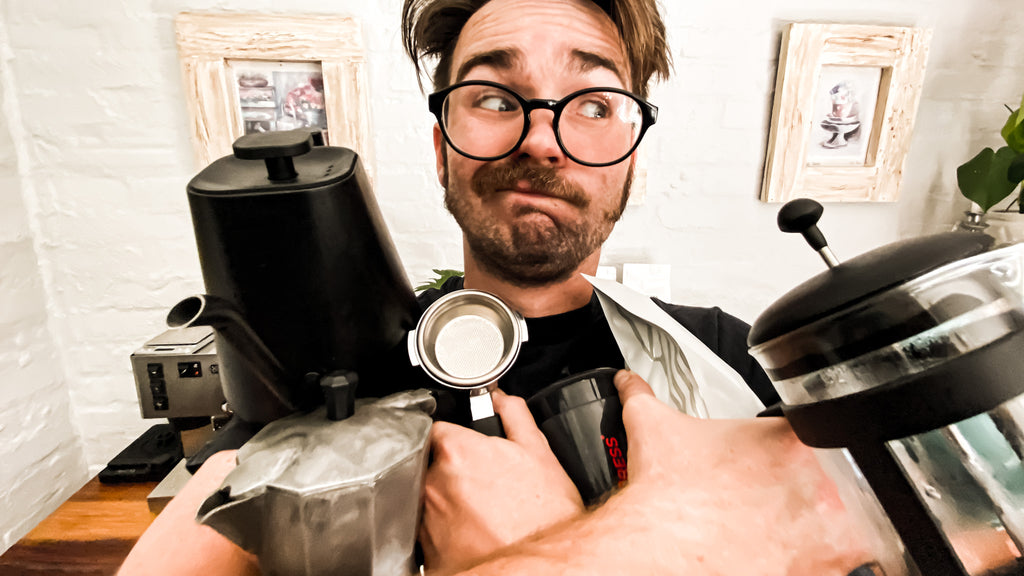
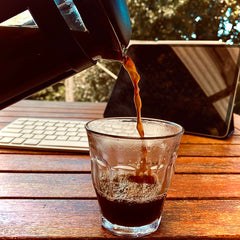 You wake up, and you want coffee. It's as simple as that. You want it fast, you want it simple, and you want it to taste damn good. Well, now is the time to dig out that dusty old french press in the back of your cupboard! The french press is like that old uncle at family gatherings who, despite being quite dated and a bit dusty, he always brings a spot of joy, and everyone loves him!
You wake up, and you want coffee. It's as simple as that. You want it fast, you want it simple, and you want it to taste damn good. Well, now is the time to dig out that dusty old french press in the back of your cupboard! The french press is like that old uncle at family gatherings who, despite being quite dated and a bit dusty, he always brings a spot of joy, and everyone loves him!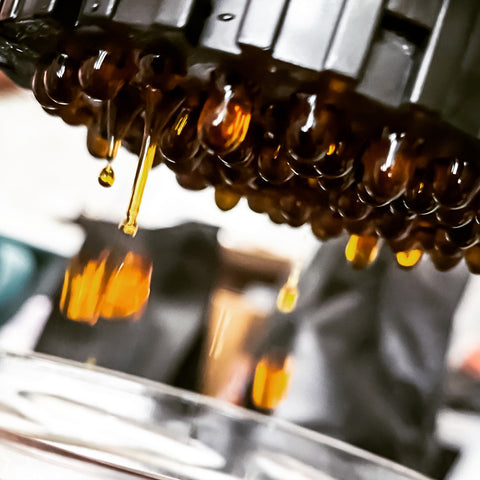
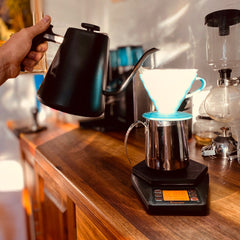
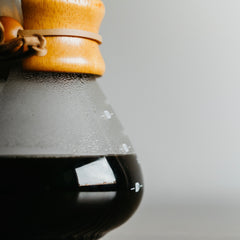

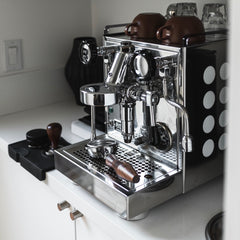


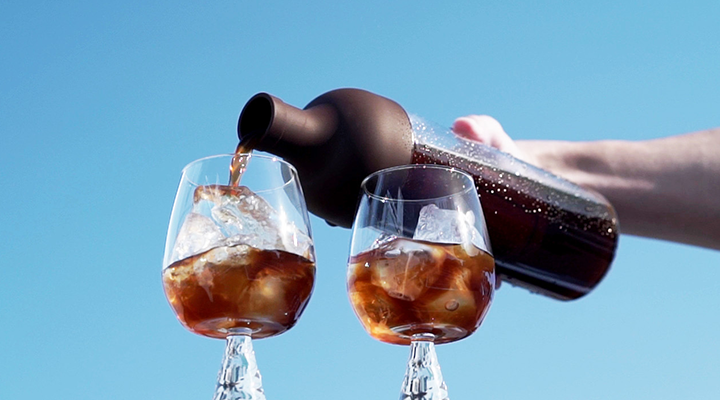

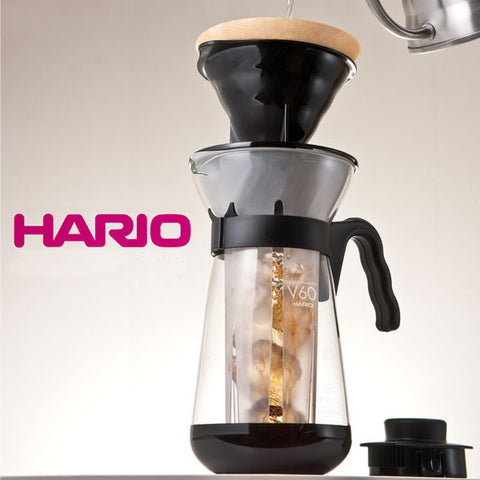

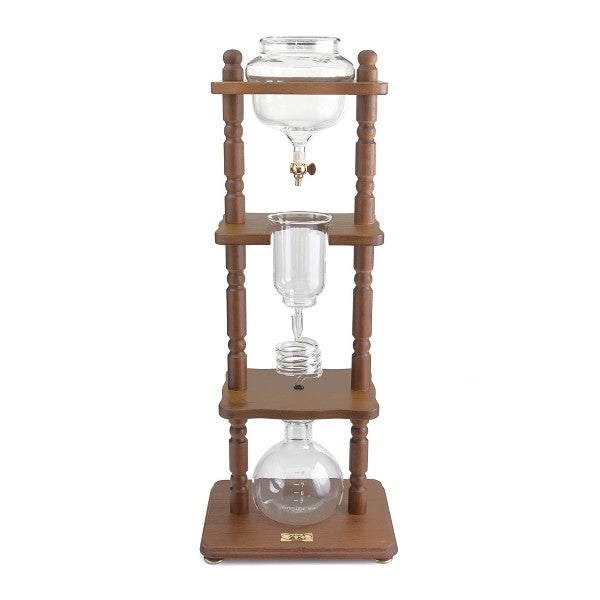
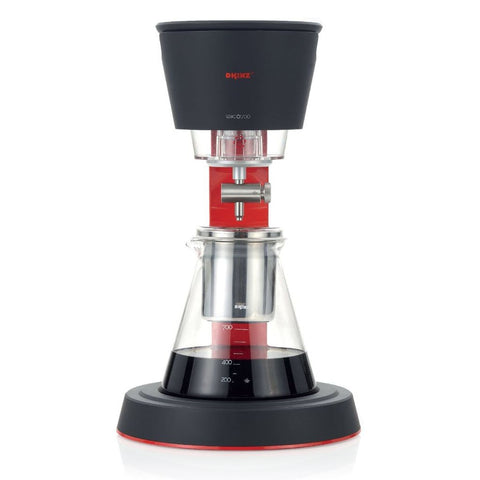
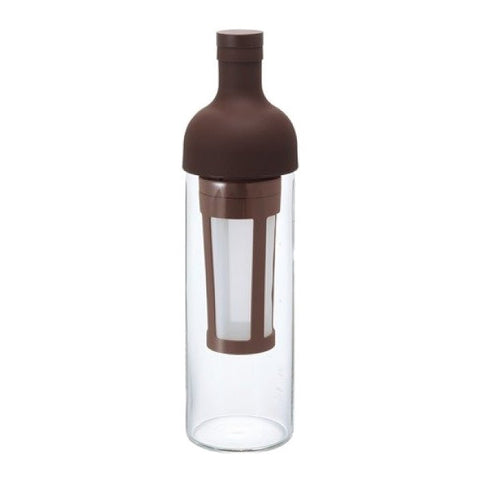
 As an intern at Cape Coffee Beans from the beginning of June to August, I learned more about coffee than I ever expected. As your stereotypical college student who is always on the go, I never got to spend time brewing speciality coffee. I always just grabbed a cafe latte or americano to go, thinking that was all I would ever need. After spending hours on hours working with different types of coffees and brewing styles, I realized I was doing it all wrong! I decided to create a little blog post about my experience working at Cape Coffee Beans and share a couple of the things I’ve learned about the world of coffee.
As an intern at Cape Coffee Beans from the beginning of June to August, I learned more about coffee than I ever expected. As your stereotypical college student who is always on the go, I never got to spend time brewing speciality coffee. I always just grabbed a cafe latte or americano to go, thinking that was all I would ever need. After spending hours on hours working with different types of coffees and brewing styles, I realized I was doing it all wrong! I decided to create a little blog post about my experience working at Cape Coffee Beans and share a couple of the things I’ve learned about the world of coffee.
